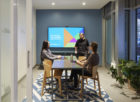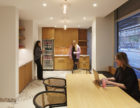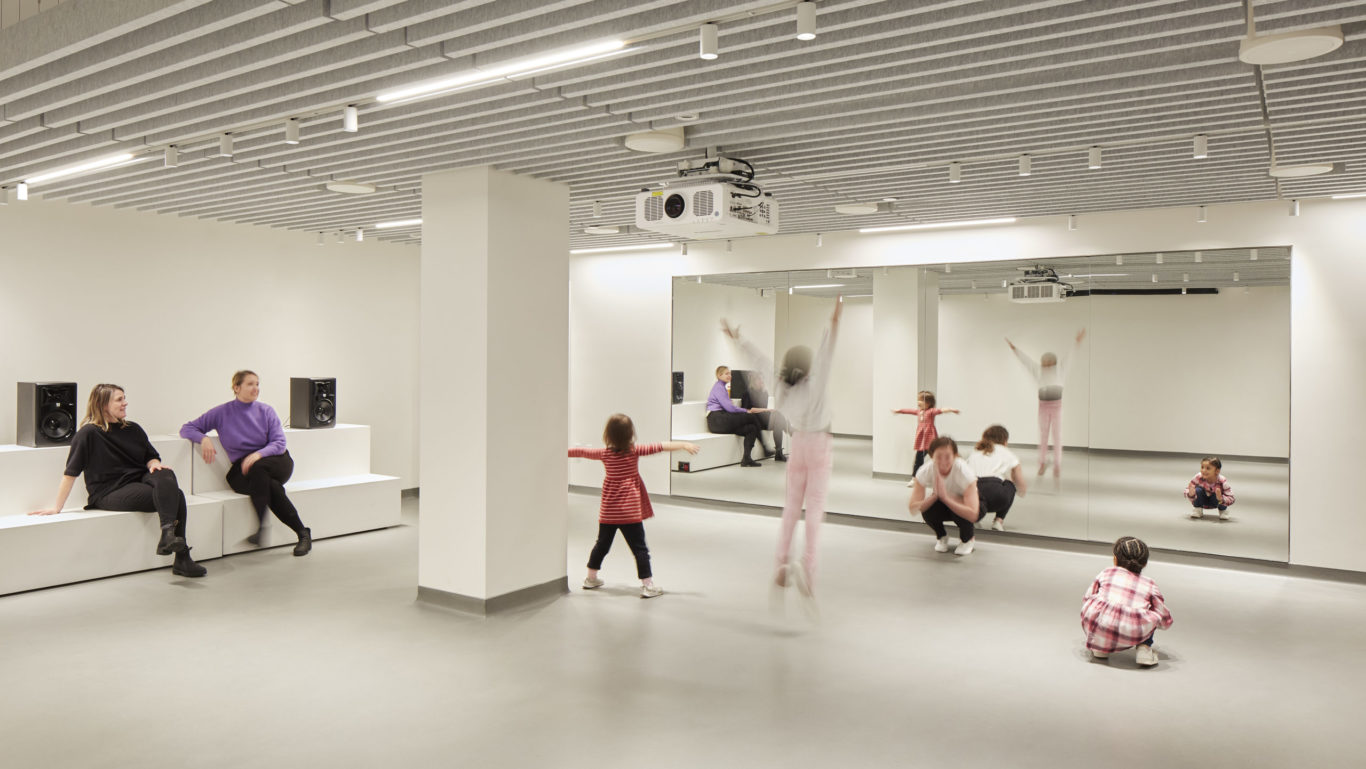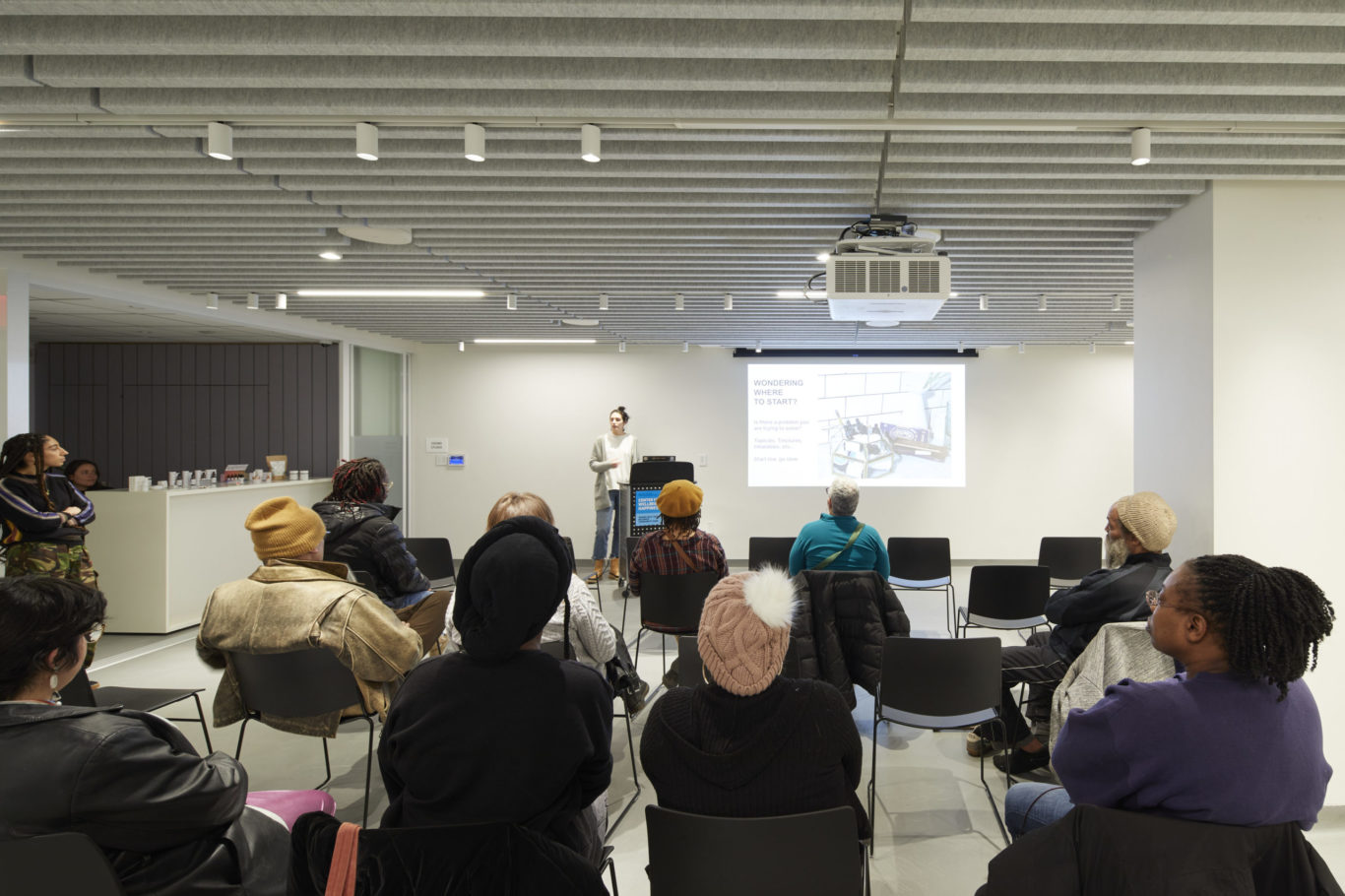Lower Eastside Girls Club Gets a Bigger, Better HQ
01/



As a pro-bono project led by a team of women, SOM expanded the Lower Eastside Girls Club’s existing facility to accommodate lively and diverse programming and serve as a lasting safe space for young people of color in New York City.
For decades, the Lower Eastside Girls Club (LESGC) has been dedicated to empowering young women to become the next generation of community leaders. The organization engages with thousands of young women and gender-expansive youth of color throughout New York City to shape a healthy and prosperous future through free, year-round mentorship and programming in leadership, entrepreneurship, wellness, and more.
SOM first established a relationship with the LESGC in 2018 during a volunteer effort and workshop led by the SOM Women’s Initiative, which seeks to promote the continued success of women at SOM and within the design disciplines. Soon after, in collaboration with Arup and Jaros, Baum & Bolles, the group formed a diverse, pro bono, women-led team to design a 5,000-square-foot expansion for the LESGC. The new Center For Wellbeing & Happiness represents an investment in the local community and is emblematic of SOM’s ethos to foster creativity, innovation, and social equity. The new center will serve as a safe space for New York City youth for decades to come.

SOM’s versatile design seeks to accommodate the LESGC’s lively and diverse programming through flexible, multipurpose spaces, including a radio studio, cafe, lounge, and classroom. The largest, most adaptable room, “Happiness Hall,” is a public space built for intergenerational community-focused events such as lectures, local meetings, exhibits, screenings, and polling. The white baffle ceiling creates a bright setting that also minimizes noise, enabling numerous activities to co-exist. Throughout the space, custom wood furnishings evoke a sense of sitting on a neighborhood stoop, while also doubling as plinths to display art.


The sound studio and DJ booth–which supports the production of Where Girl Radio Lives (WGRL)–enhances sound capabilities with state-of-the-art streaming and acoustic technology. The adjacent Food Farmacy Family Cafe, characterized by daylight and a communal table, provides nutrition education. Both spaces are positioned along the street to engage passersby–a design strategy that evokes the history of New York City’s streetfront radio stations, and offers a glimpse of the center’s nutritional programming.

We are immensely grateful to SOM for their tireless commitment to the Girls Club’s newest expansion project. We could not have accomplished this feat without their steadfast partnership.
Community-focused programming continues with the Caregiver’s Lounge, the Soul Space, and the Mind and Body Center. The Caregiver’s Lounge is a setting for nurses, home healthcare assistants, physical therapists, and family members providing long-term care for loved ones. With comfortable furniture and a palette of calming hues, this place of respite can also accommodate supporting groups and classes. The lounge also serves as a waiting area for the adjoining Mind and Body Center–a space for education in movement, music, meditation, and mindfulness. The adjacent Soul Space offers a private setting for counseling, health, education, and workforce development.

01/